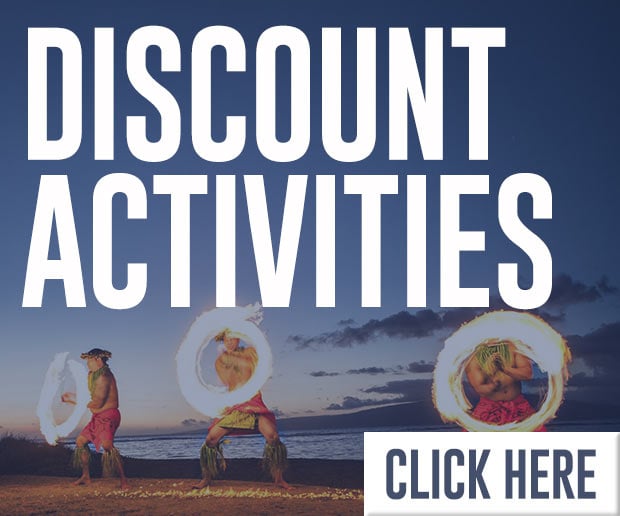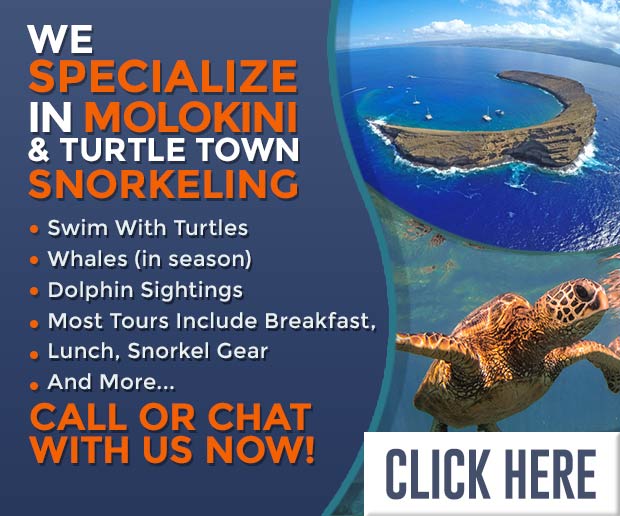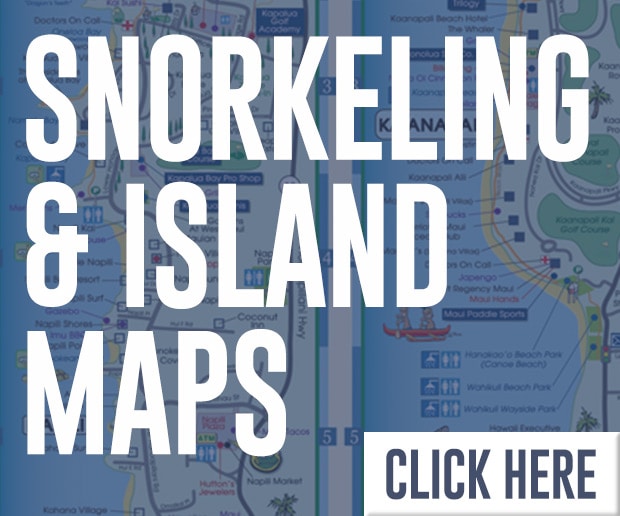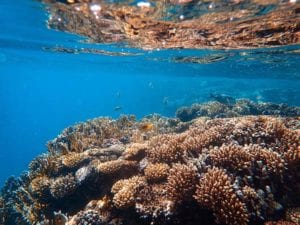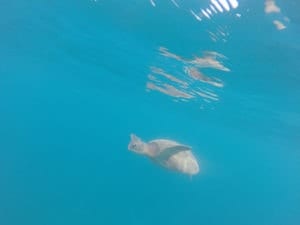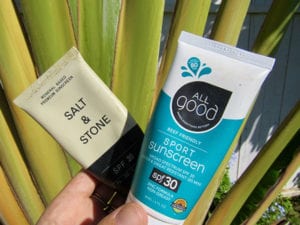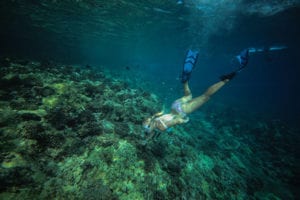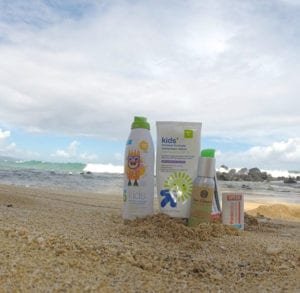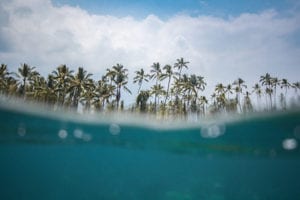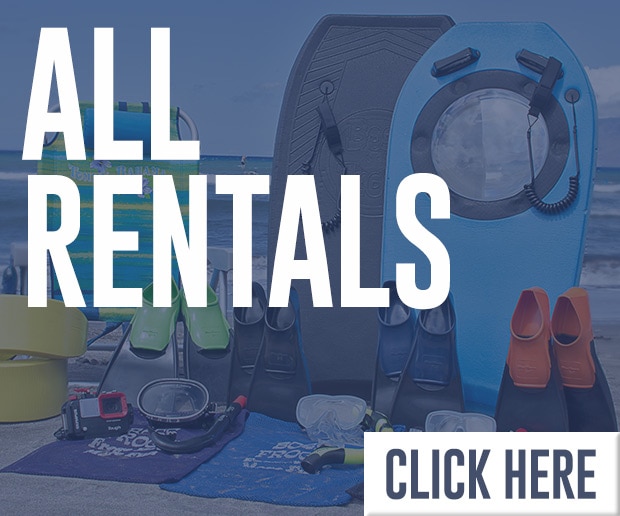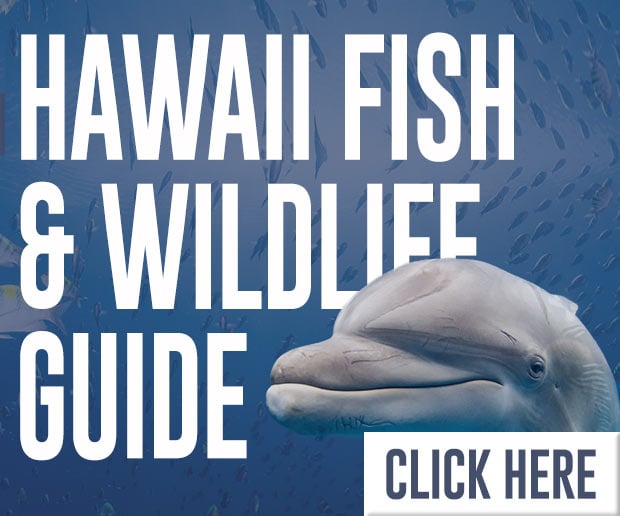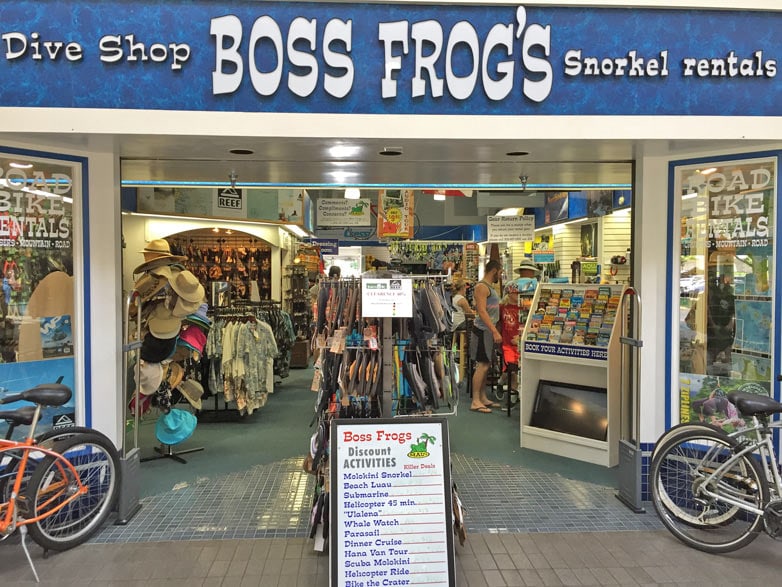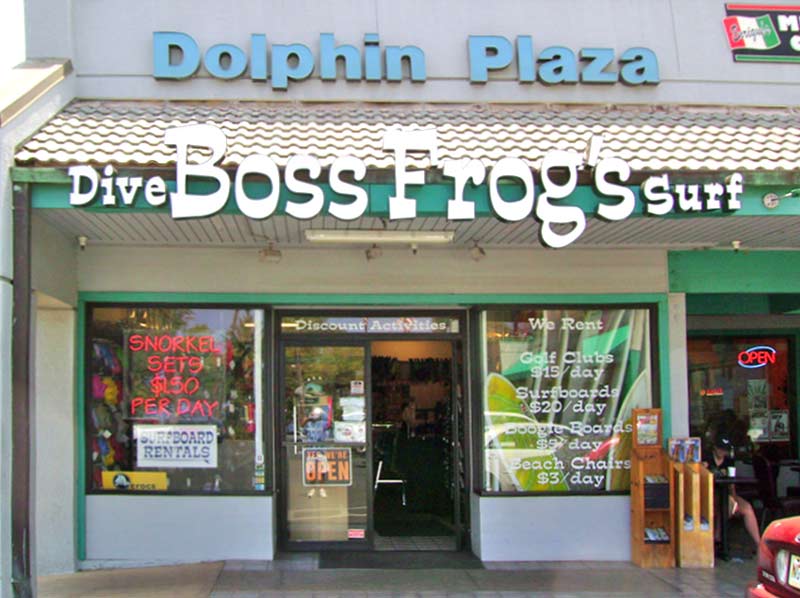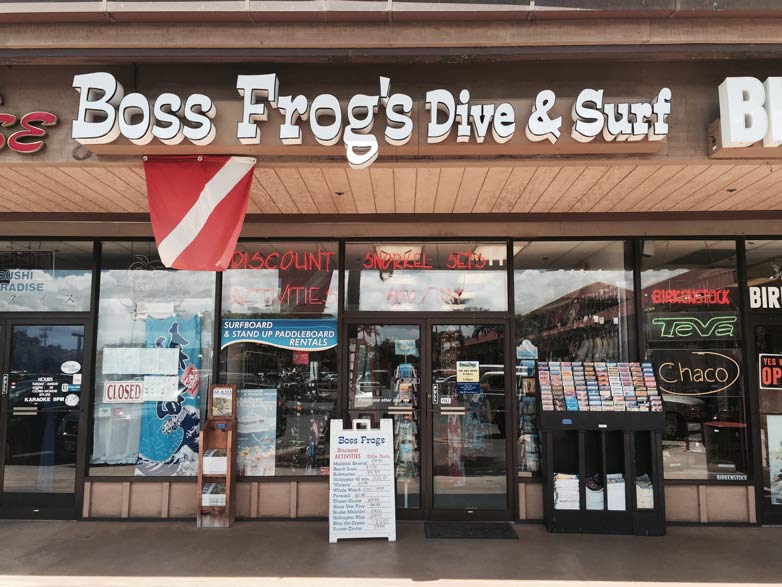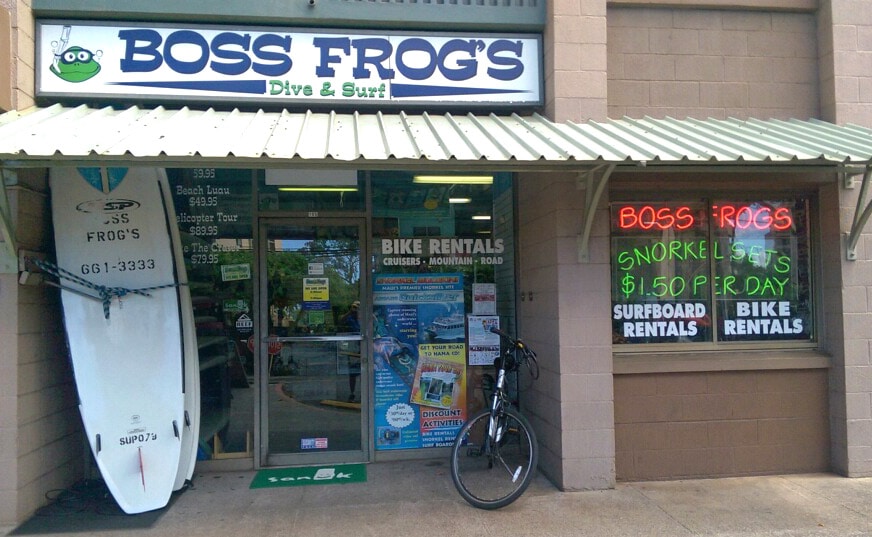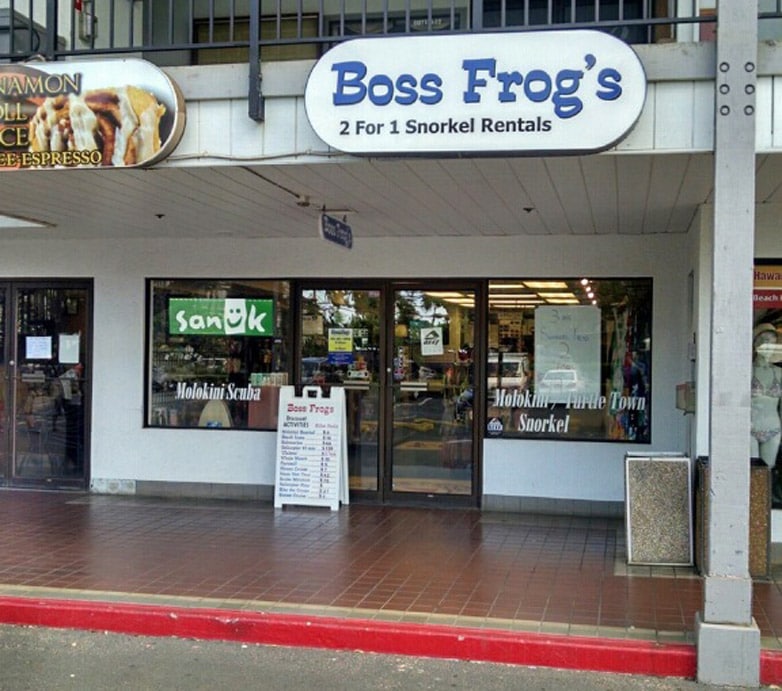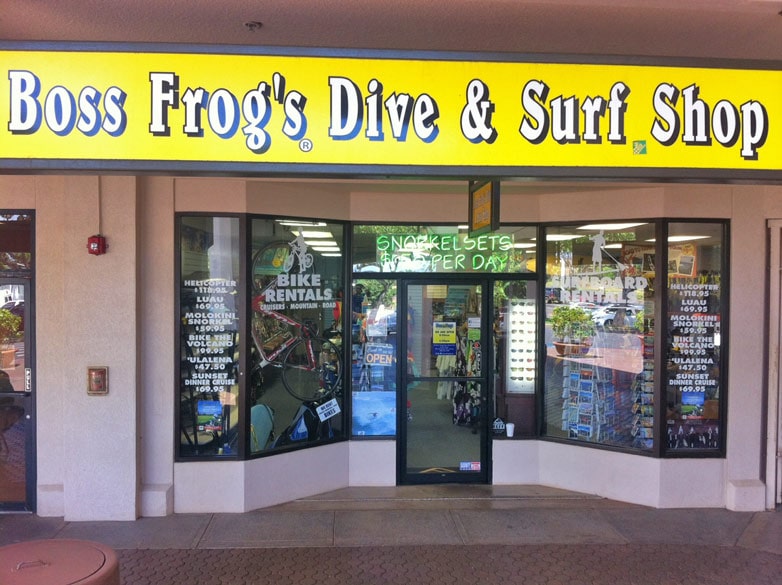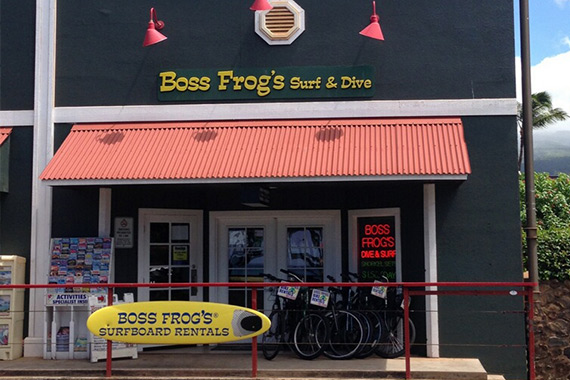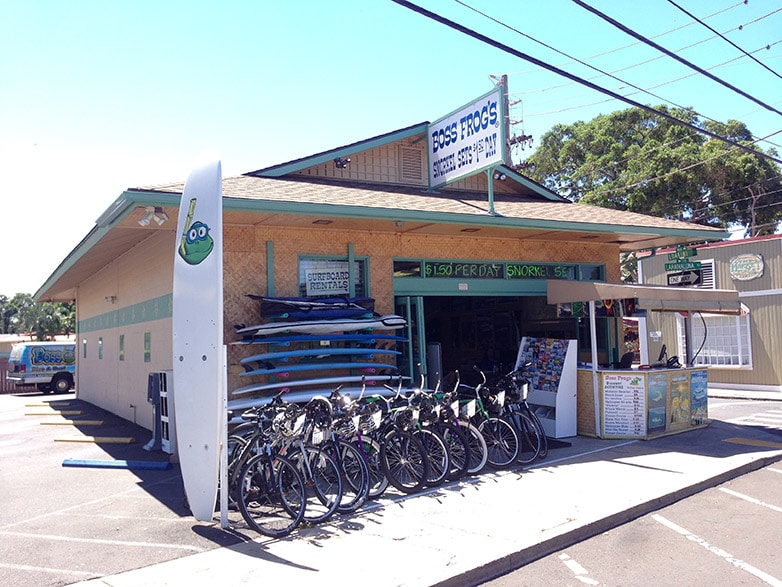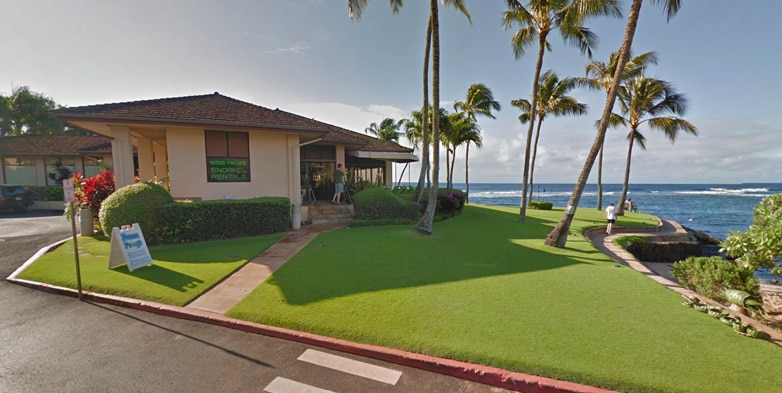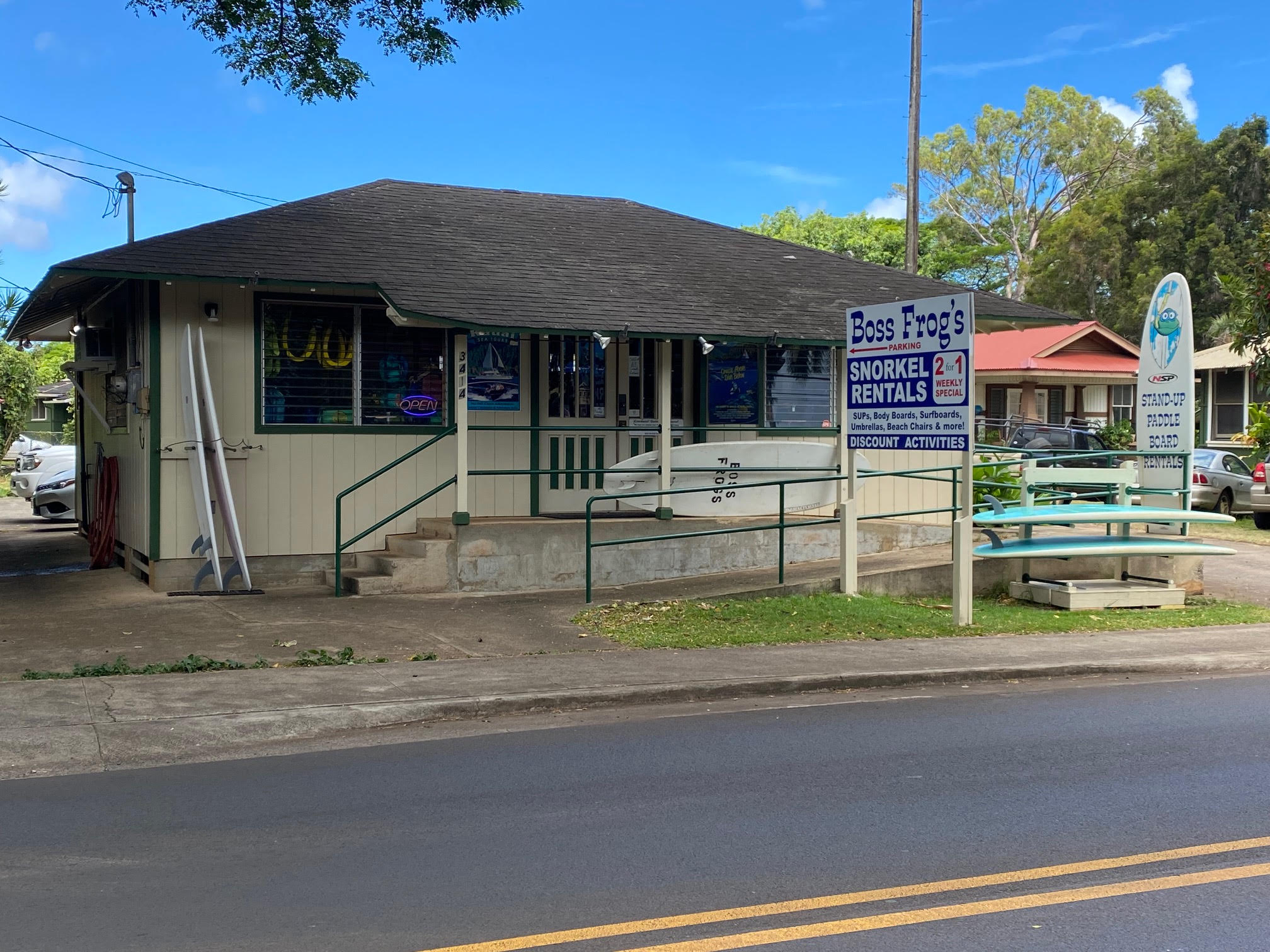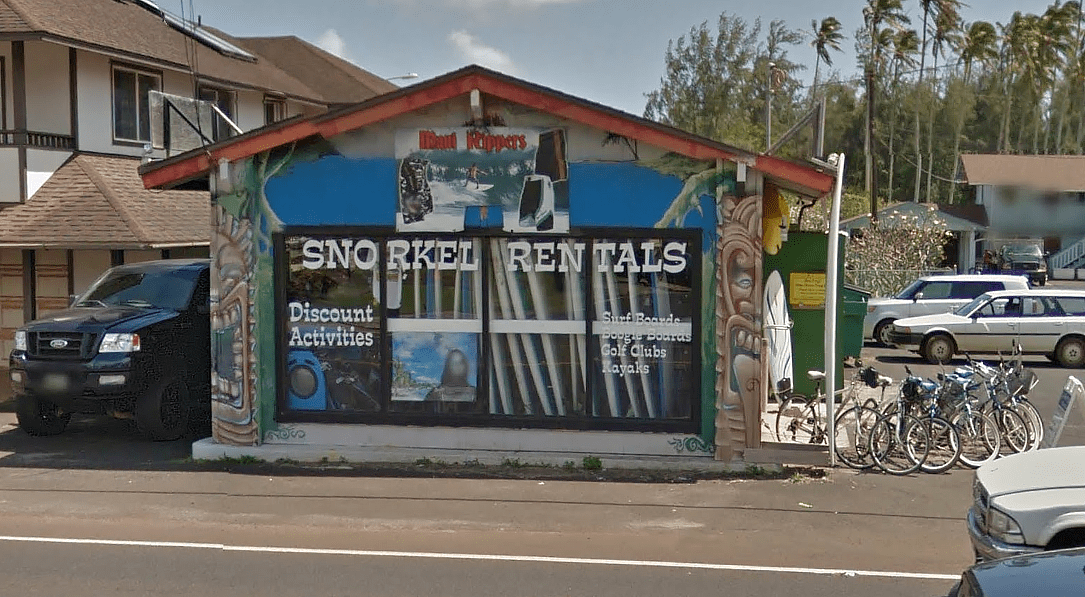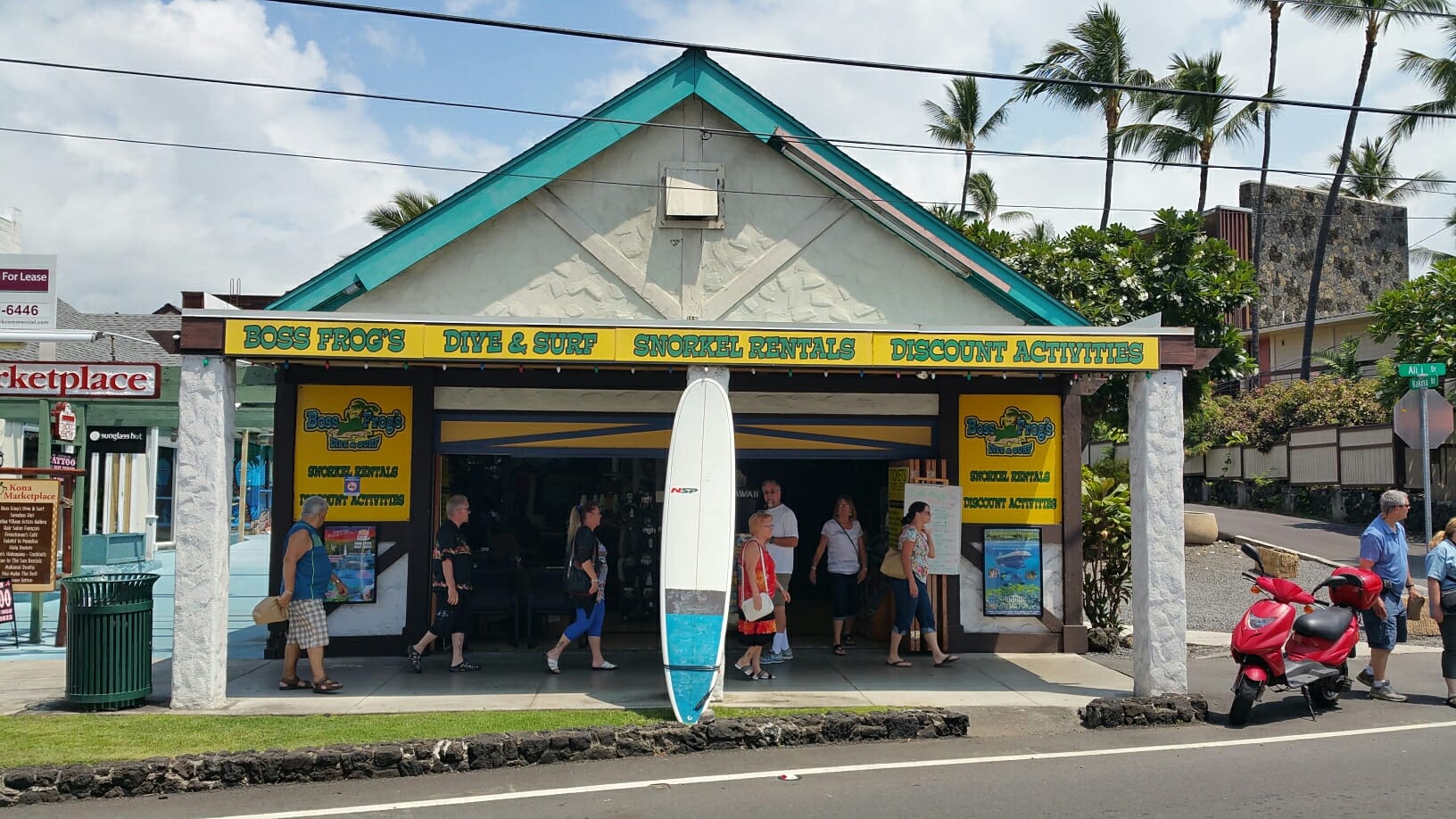Reef Safe Sunscreen
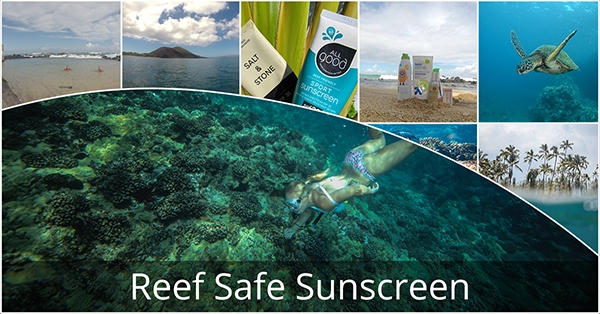
Some of the most beautiful sights in Hawaii lay just below the surface of the ocean. Exploring the underwater world and viewing the tropical marine life that thrives in it is one of the best reasons to visit the Aloha state. Will you experience it snorkeling, scuba diving, snuba diving? Maybe you’re more of a beach bum who simply needs a cool down or a wave chaser who prefers surfing over submerging. Either way, let’s all take a moment to better understand coral reefs and protect the abundance of marine life that depends on them by using only reef safe sunscreen.
Coral reefs are beautiful, alive, fragile (and dying)
Did you know that coral reefs cover less than 1% of the ocean floor, yet they support nearly 25% of all marine life? They are the most biodiverse marine ecosystems in the world and corals themselves are actually live animals! The branch or mound that we refer to as ‘a coral’ is actually made up of thousands of tiny animals called polyps.
Unfortunately, coral reefs have been suffering from a rise in sea temperature and overexposure to harmful chemicals in sunscreen products. Once vibrant forests of coral are becoming bleached and dying gardens.
Reef Safe Sunscreen Can Protect Coral Reef Systems AND Your Skin
While it is important to protect our skin from uv rays (and your vacation from a painful sunburn), the evidence of coral destruction due to sunscreen products is overwhelming. According to the Coral Reef Alliance, even at very low concentrations, baby corals exposed to oxybenzone (one of the harmful chemicals found in many sunscreens) have slower growth rates and can become deformed. Higher concentrations of oxybenzone can lead directly to coral bleaching.
Thankfully, Hawaii has become the first state to officially ban the sale of all sunscreens containing chemicals detrimental to coral reefs. This law will go into effect January 1, 2021, at which point the sale or distribution of sunscreens containing oxybenzone and octinoxate will be strictly prohibited.
We can protect the reef AND our skin by wearing a rash guard and choosing to apply reef safe sunscreen only.
Shopping For Reef Safe Sunscreen Products
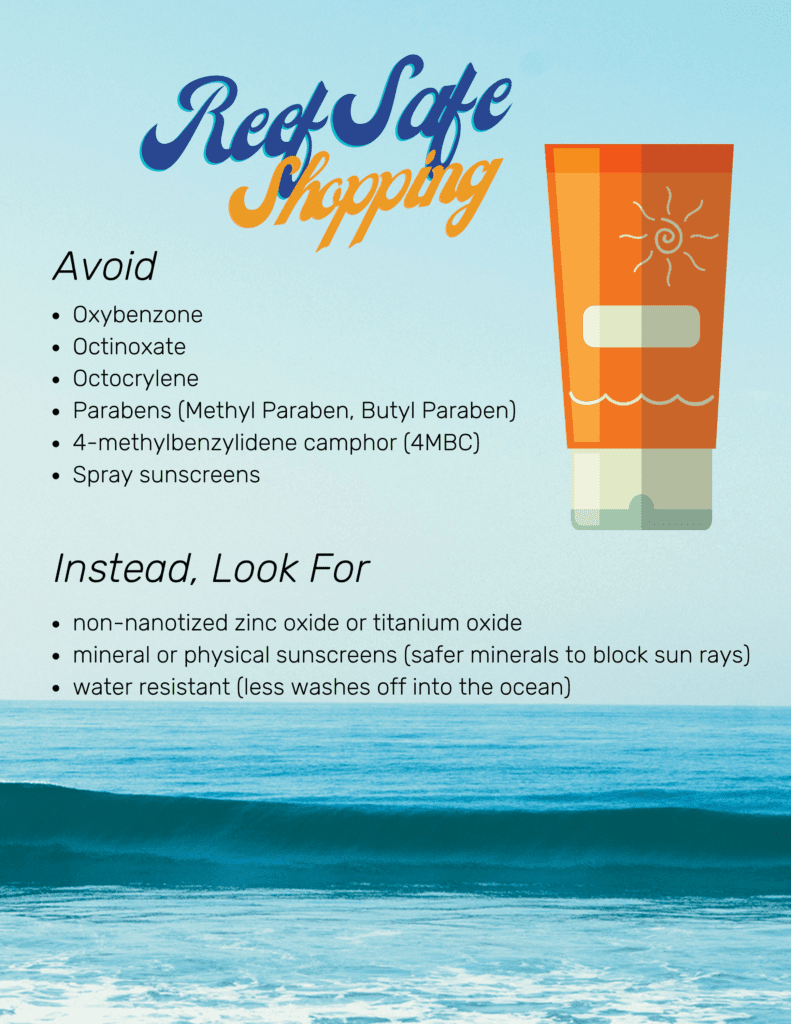 Choosing a reef safe sunscreen takes extra care –– you’ll need to look through the ingredient list and other features of the product. Since the ban on chemical sunscreens doesn’t officially take effect until 2021 you’ll see many of the soon-to-be banned products on sale. Don’t purchase them! Not only are they harmful to coral reefs and marine life, oxybenzone has been associated with many additional health issues in humans.
Choosing a reef safe sunscreen takes extra care –– you’ll need to look through the ingredient list and other features of the product. Since the ban on chemical sunscreens doesn’t officially take effect until 2021 you’ll see many of the soon-to-be banned products on sale. Don’t purchase them! Not only are they harmful to coral reefs and marine life, oxybenzone has been associated with many additional health issues in humans.
Not sure which products are considered ‘reef safe’? If a sunscreen lists oxybenzone, avobenzone, homosalate, octinoxate, octisalate, octocrylene, and/or nanoparticles as active ingredients, it is best to avoid them altogether—even if you don’t plan on entering the ocean. These ingredients are so toxic, they can wash off in the shower and absorb into our skin to be passed through urine, so they could eventually end up in the ocean anyways.
Instead, look for products listing zinc oxide or titanium dioxide as the safe choice to protect your skin and the fragile ocean environment. You can purchase reef safe sunscreen products online or at many retail locations throughout Hawaii. Dive and surf shops, activity centers and beach gear outlets are great places to pick up anything you need for Hawaiian fun in the sun.
Visit Remote Reef Systems With Businesses Who Care
Many snorkel cruises and tour operators offer free reef safe sunscreen for guest application. We can all choose to support local business who care about the environment and our fragile coral reefs by asking them exactly how they do so before making a reservation.
Snorkeling in Hawaii
Choosing where to snorkel can be one of the biggest decisions of a vacation, depending on your skill level and expectations. Do you want to see turtles? Hear the whales? Swim with manta rays? Will you rent snorkel gear and explore the reef from the shore or join a snorkel tour and access iconic Molokini or Olowalu reef systems? Decisions, decisions! Luckily there are many experts and resources to guide your underwater activities.
I chose to paddle board to my snorkel location from Maluaka Beach in South Maui and met a friendly turtle along the way. There is great snorkeling along the left side of Maluaka Beach where large heads of corals and marine life thrive.
Whatever way you choose to enjoy your vacation, Hawaii thanks you for doing your part to keep our oceans healthy and beautiful!
Interested in learning more about the effects of coral bleaching? Check out the award wining film ‘Chasing Coral’ on Netflix and visit https://coral.org/ to support the Coral Reef Alliance



